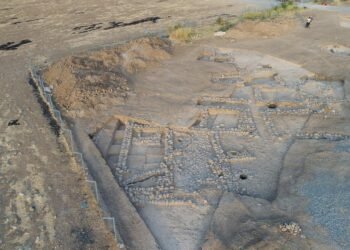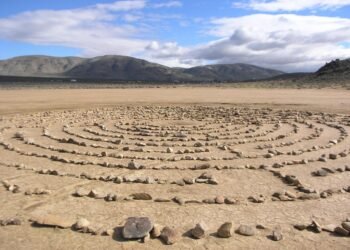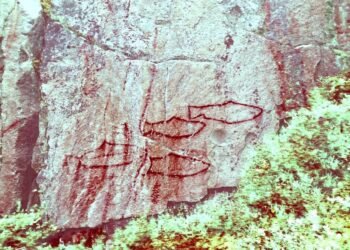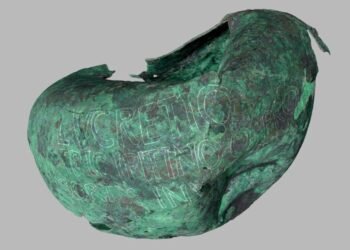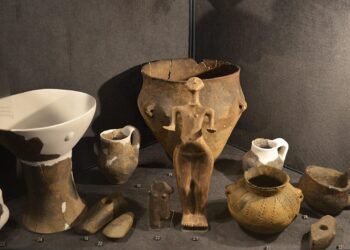Recent archaeological discoveries in the ancient city of Philippi in northern Greece have revealed its long history.

These findings, unearthed during the ongoing fire safety and water distribution works at the site, offer a glimpse into the glorious past of Philippi, dating back to 356 BCE when it was established by King Philip II of Macedon, the father of Alexander the Great.
The new discoveries include a grand public building, with the remains of a statue of a young male figure encased within its walls, workshops and residential areas, and what’s commonly termed “thermae”: remains of thermal baths. This work has yielded invaluable information concerning the urban development of this city and about its continuous occupation long after the 6th century CE.
The most striking find is the statue. Along with other discoveries, the statue has shed new light on the layout and functionality of the buildings, from the time of the city’s first construction through later periods. The finds that have come to light so far date from the 9th to the 11th century CE and establish the fact that Philippi was not abandoned during the medieval period but continued to be a city with an active life.
The Fire Safety Project respects the archaeological integrity of this site and introduces advanced geophysical methods for mapping buried structures. These methods allowed pipelines to be laid within the safety network while avoiding damage to the important antiquities. Professor Gr. Tsokas of Aristotle University of Thessaloniki led the geophysical survey that aided in routing the pipe carefully to avoid damaging the monuments.
The archaeological site of Philippi, covering approximately 60 acres, includes some of the most important ancient landmarks, such as the ancient theater, the Agora, and Basilica B. Since 2016, when it was declared a UNESCO World Heritage Site, the number of visitors to Philippi has grown considerably. Future excavations are awaited with much eagerness to further disclose the secrets of this city.



